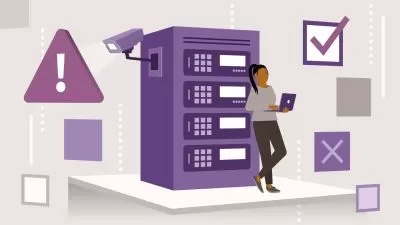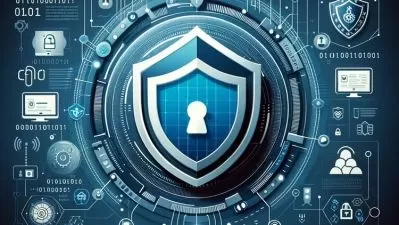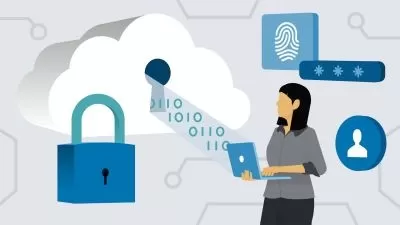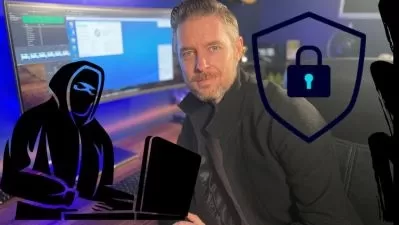Measuring and Managing Top Cyber Risks
Kip Boyle
1:39:03
Description
Finding your organization’s top cyber risks isn’t easy, especially because cyber has become a full-fledged business risk—sometimes eclipsing risks to sales, order fulfillment, and accounts receivable. In this course, the second in a two-part series, Kip Boyle explains how to pinpoint these threats and illustrate the business value of your cybersecurity program’s work to senior decision-makers.
Discover how to identify risks in a way that strengthens your cybersecurity culture, mitigate cyber risks while creating lots of business value, and report your progress to executives, auditors, and other stakeholders. To learn more about how to build a program that supports this work, check out the first course in this series, Building and Managing a Cybersecurity Program.
More details
User Reviews
Rating
Kip Boyle
Instructor's Courses
Linkedin Learning
View courses Linkedin Learning- language english
- Training sessions 33
- duration 1:39:03
- English subtitles has
- Release Date 2023/07/02




















